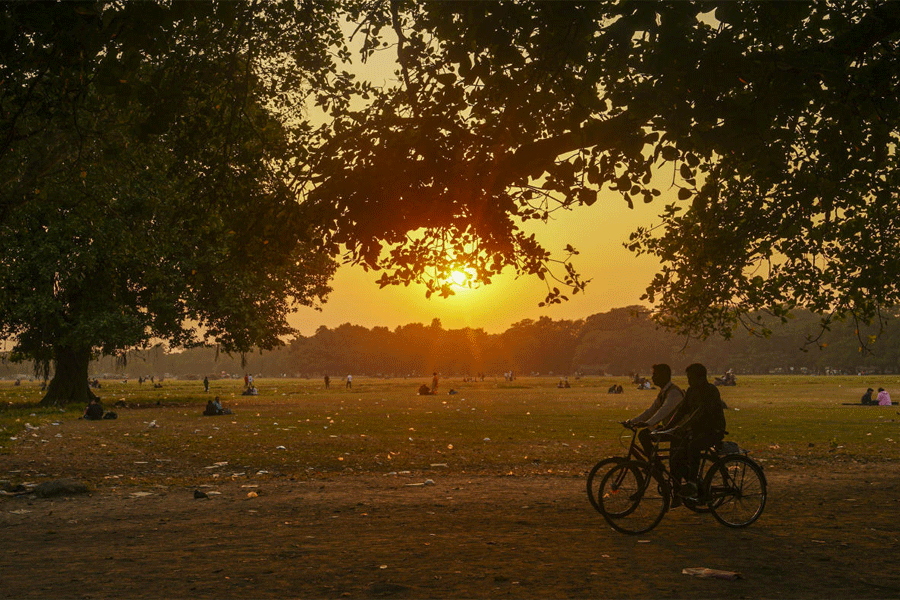The argument that migration is not a recent phenomenon in India in scale or variety is now well established. However, Tumbe’s projection of the view that greater spatial mobility is a prerequisite for maintaining the pluralistic traditions of the country needs further scrutiny. The observation may be reasonable and well-meaning in its intention but it is perhaps more important to explore whether the trends support such possibilities in view of recurrent contests and conflicts between host and guest communities that result in vicious forms of identity politics and ethno-nationalist rivalries.
With time, new issues emerge and, as Tumbe puts it, in the 21st century, India should prepare itself to deal with climate change induced internal and international migration. This recalls Robert Kaplan’s thesis on the coming anarchy. Tumbe further foresees southward internal migration induced by a care economy with a potential for anti-migrant sentiments and nativist movements. Further, as India grows in economic stature, it can itself become a country of immigration in the future. The major ideological battle in the 21st century, he believes, is likely to be between cosmopolitanism and nativism. This very observation is loaded with potential political turmoil that such a contest may cause and thereby belies his hope that the principle of vasudhaiva kutumbakam would be followed in its true sense.
The book provides a broad-spectrum narrative of Indian migration. There is not much scope or incisive analysis of particular patterns of migration; rather the author’s impressions of the possible reasons and perceived impact of various strands of migration construct the narrative. It is lucidly written, and introduces the issue of migration that may allure the reader into this specialized field of study for more rigorous inquiries.
India Moving: A History of Migration By Chinmay Tumbe, Viking, Rs 599
Migration — the movement of people from one place to another — is always instigated by either the fear of loss or disadvantage at the place of residence, or by the possibility of gain or advantages in a distant land. Human movement was a natural phenomenon till the sovereign nation states emerged and restricted free movement by imposing political boundaries. Migration has, therefore, been instrumental in creating new civilizations and has made greater interaction and integration of peoples and cultures possible, although not without some form of contest with and resistance from indigenous peoples.
India Moving by Chinmay Tumbe explores the trends in Indian migration from the days of ancient history to the present century. It maintains that India is a diverse country because of successive waves of migration and spatial mobility — internal as well as external. Throughout the different phases of history, the migration of people took place by criss-crossing the subcontinent. While different groups came through the north-western passes and by sea routes to India, Indians, too, migrated to other places beyond the region. It is conceivable that a number of factors influenced migration patterns over the centuries, ranging from natural calamities, the expansion of the political domain and the resultant turmoil, economic contacts, professional opportunities, infrastructural developments, social practices and administrative directives and policies. History unleashes economic and political forces that create situations conducive to migration guided by geographical realities. Tumbe provides an outline of movements of people within and beyond the subcontinent, and explains the kinds: from seasonal to permanent with reference to the causes and impact focusing on a variety of professional and social groups.













